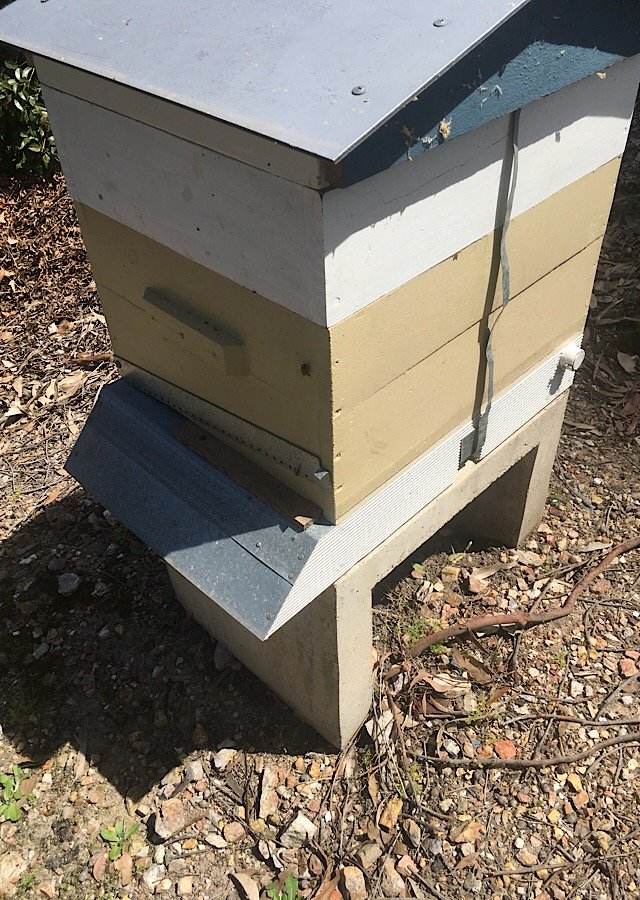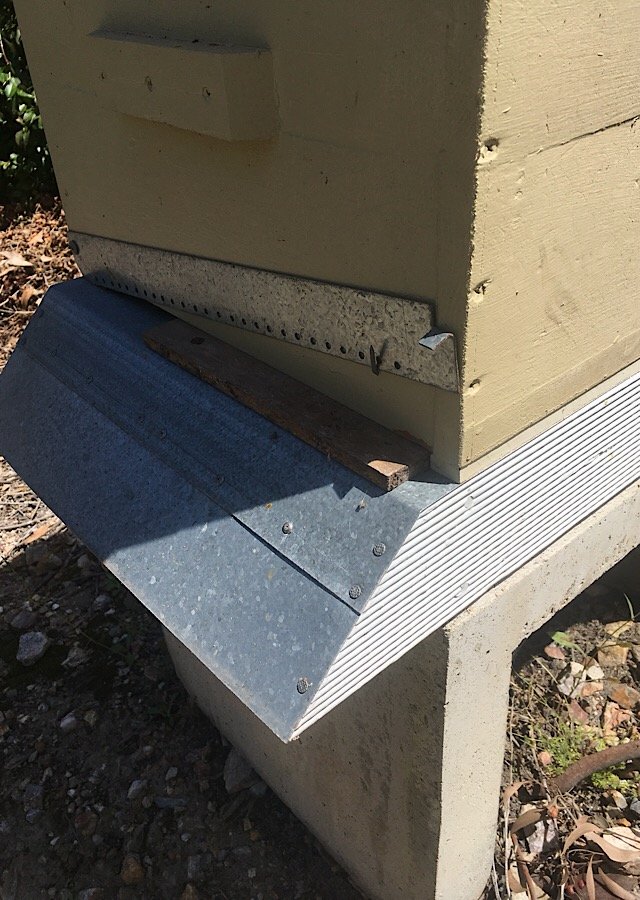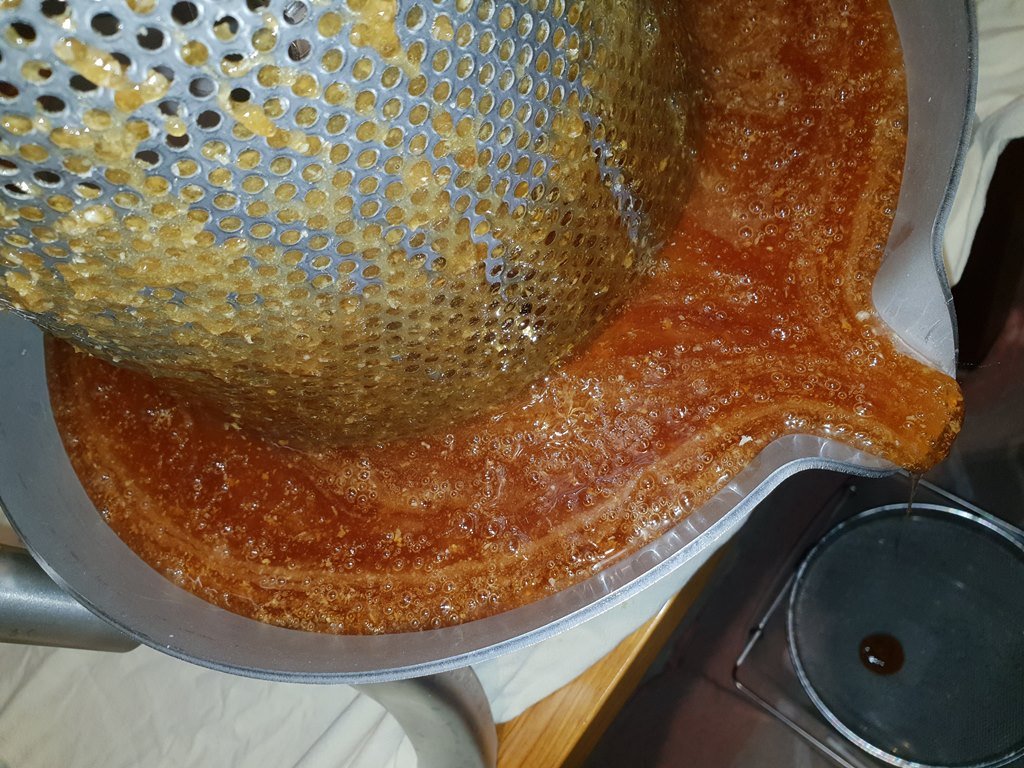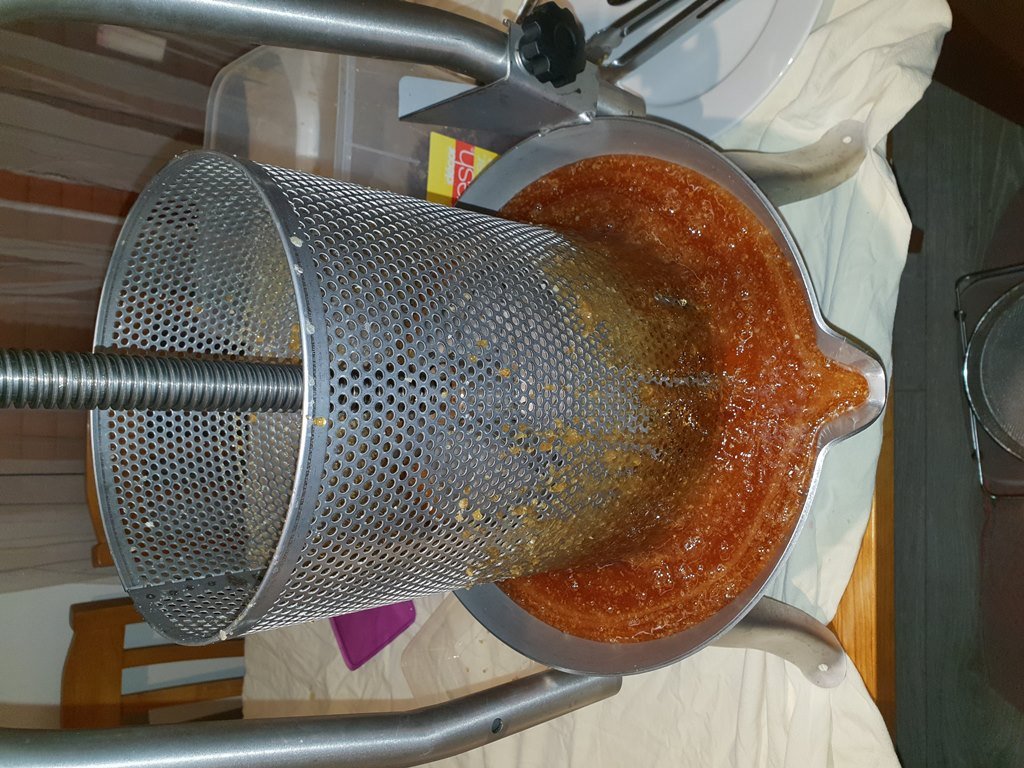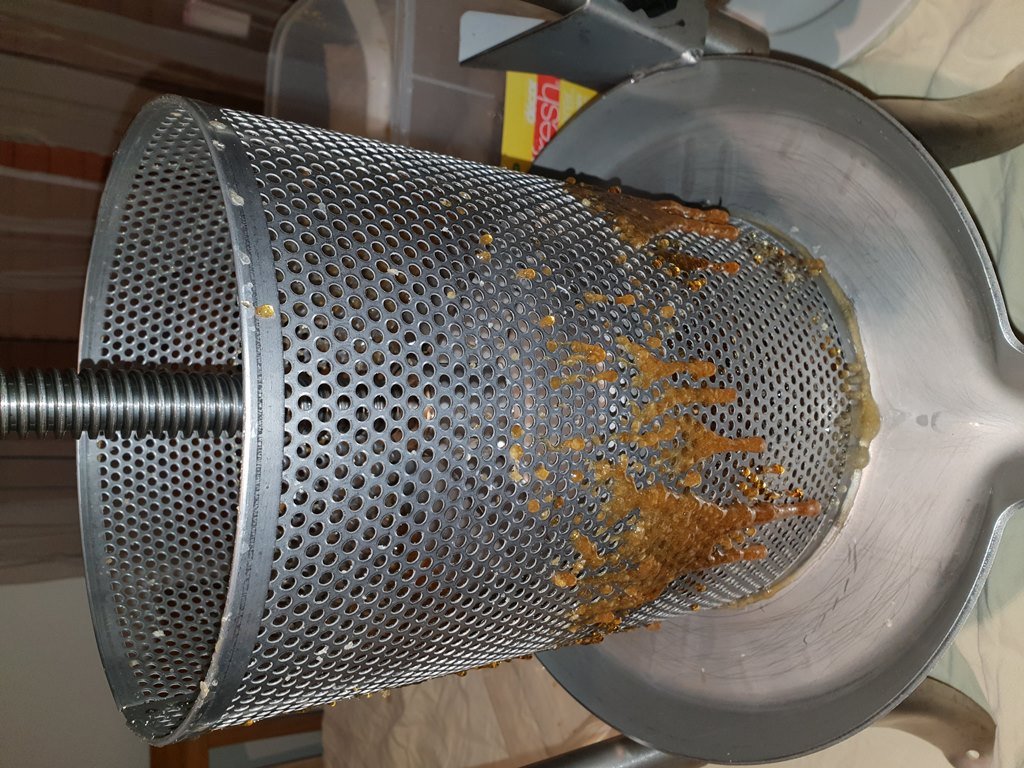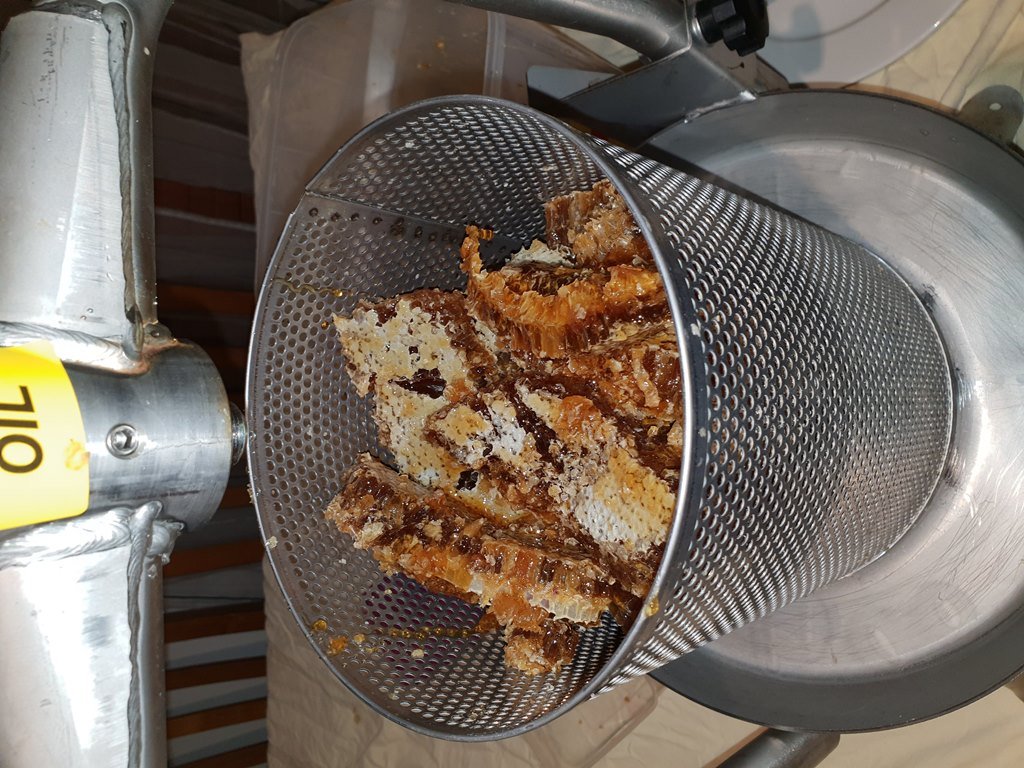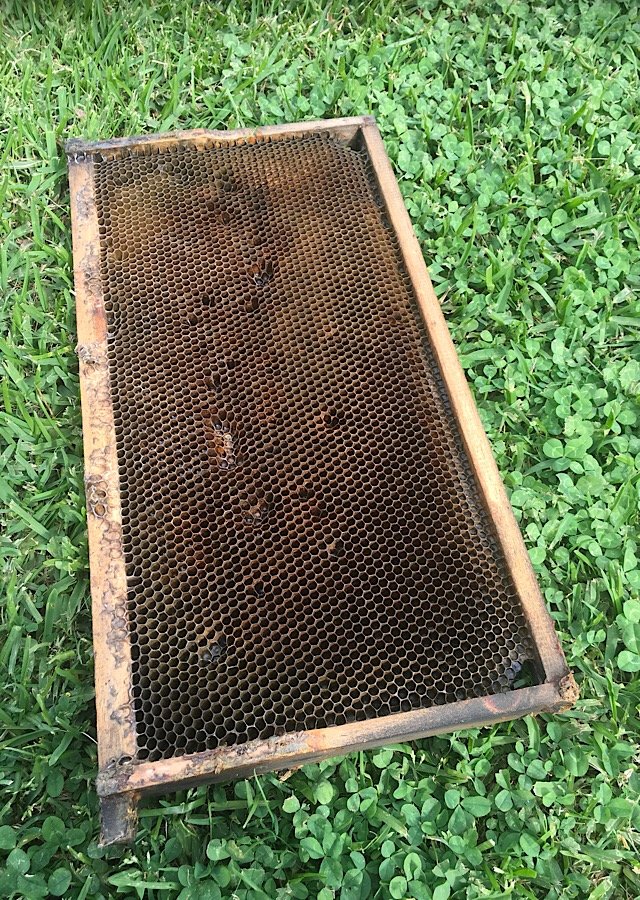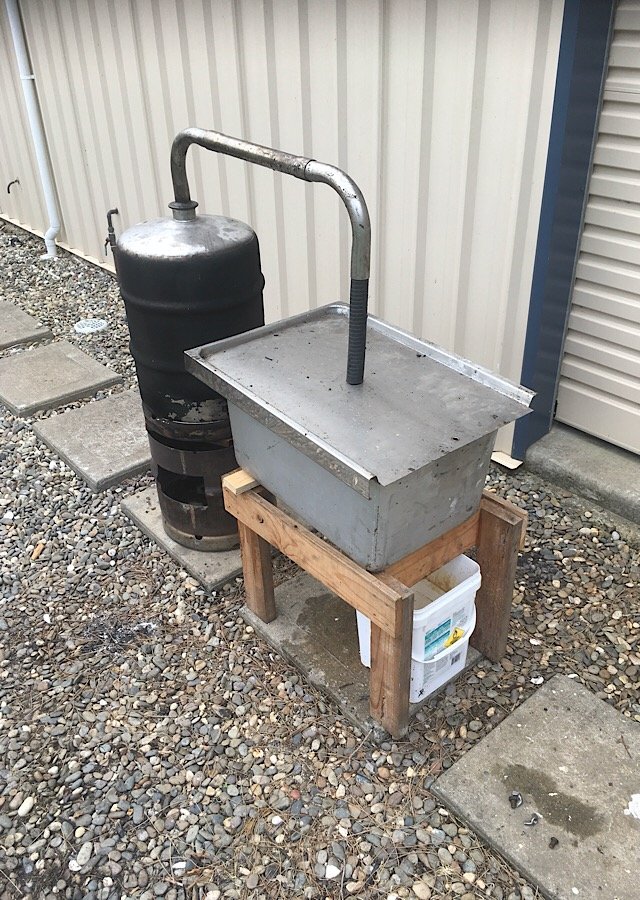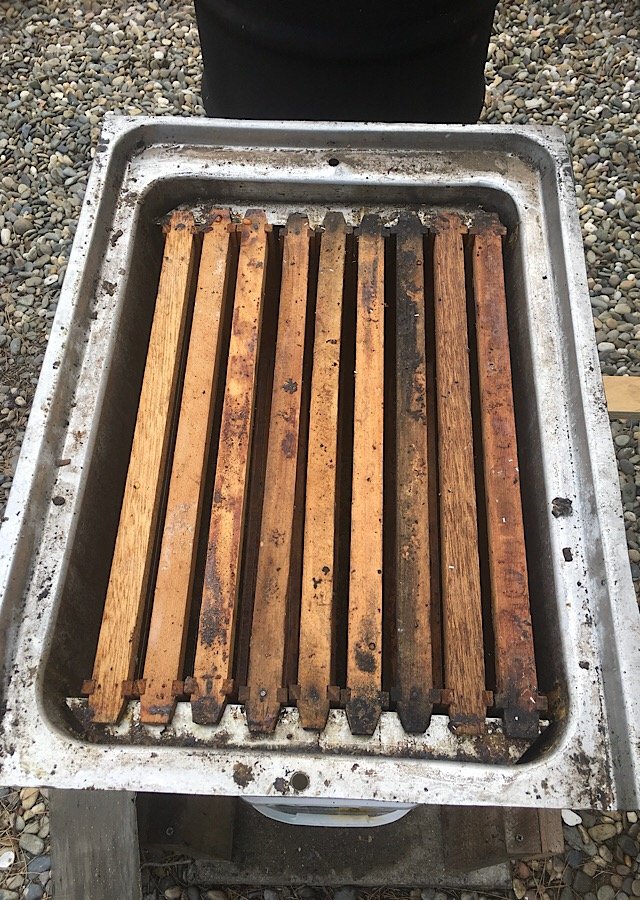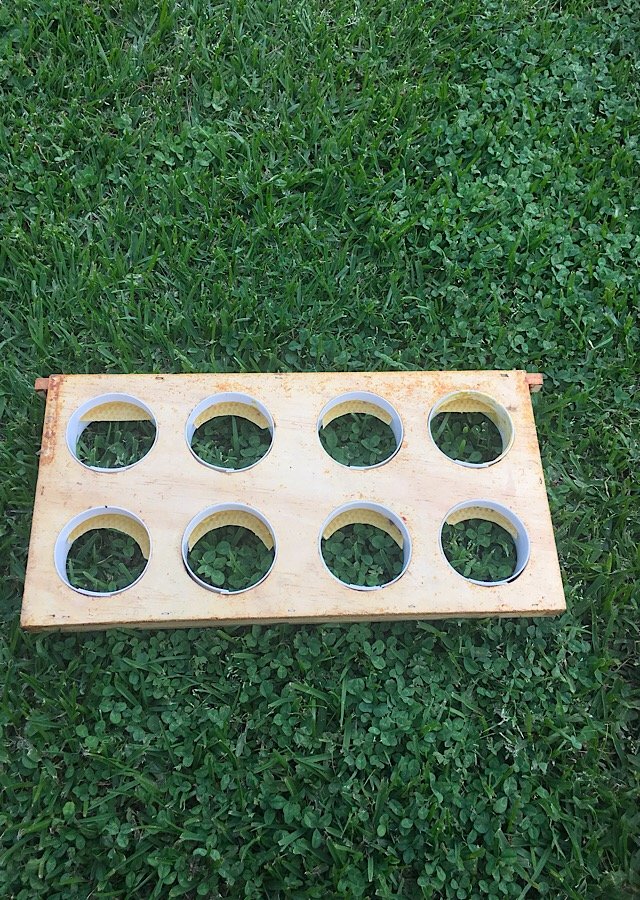Right.
Owing to my allergic reactions to Bee sting I am thinking this.
Have an Epi Pen ready,
Full suit up.
Use the Flo Hive system to at least drop the risk.
When inspecting the brood every 6 months or so,
Have some one standing off to one side watching me.
I reckon it is worth the risk as I have always been fascinated
by bee's.
Not to mention how much I just love pure honey.
Got a mate and his brother with access to mixed 300 odd acres.
Out in the middle of no where.

And they don't use very much pesticides.
Owing to my allergic reactions to Bee sting I am thinking this.
Have an Epi Pen ready,
Full suit up.
Use the Flo Hive system to at least drop the risk.
When inspecting the brood every 6 months or so,
Have some one standing off to one side watching me.
I reckon it is worth the risk as I have always been fascinated
by bee's.
Not to mention how much I just love pure honey.
Got a mate and his brother with access to mixed 300 odd acres.
Out in the middle of no where.
And they don't use very much pesticides.




